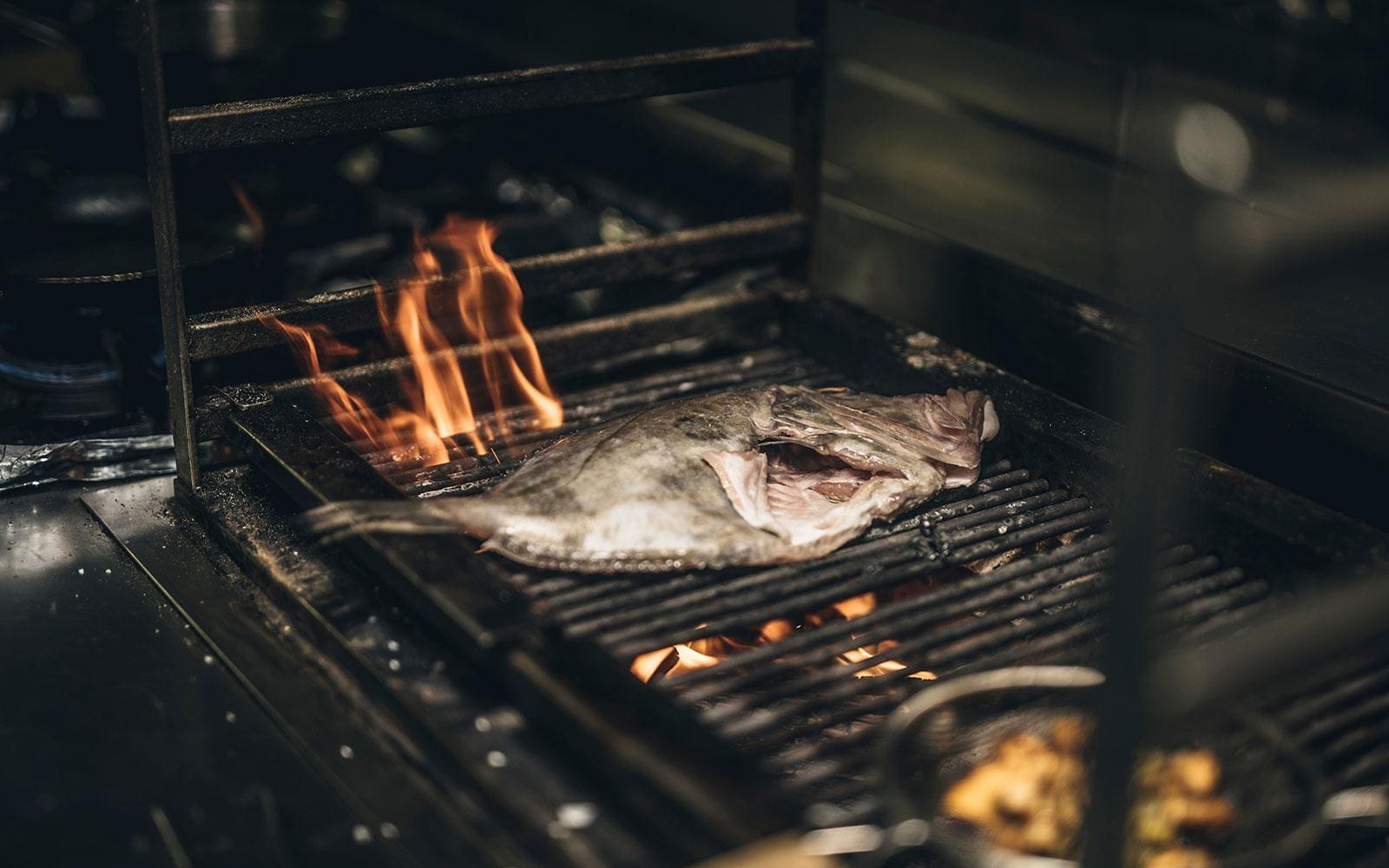
McLondon: The best Scottish sights, restaurants and culture in the capital
Don your family tartan and dust off your bagpipes, this Burns Night you needn’t step outside the M25 to get a true taste of Scotland
Say what you will about Shakespeare, but it can’t be denied that there are no celebrations of Stratford’s finest export that can compete with the excess that accompanies the annual evening of devotion to the Scottish bard, Robert Burns.
Burns Night this year, as always, will see London’s Scots (and an increasing number of sassenachs – Scots slang for those unfortunate enough to have roots south of Hadrian’s Wall) raise a dram to the surprisingly bawdy national poet. Don’t believe us on the smutty factor? Take a peek at Burns’ Cock Up Your Beaver which, if you can believe the cover story, is ostensibly about how gentlemen should always tip their hats – made from superior rodent fur.
If you believe that, you’ll believe anything but it’s stories like this that make Rabbie all the more fun to celebrate. Here are our favourite Scottish spots in the capital for getting a taste for Alba without the long train ride north.
Gaze at Henry Raeburn’s portraits in the National Gallery

As you’d expect, most of the best Scottish art is housed in the Scottish National Gallery, but there are a few escapees keeping the Saltire flying here in London. Henry Raeburn is, by some distance, regarded as Scotland’s greatest artist. Trained as a goldsmith, Raeburn came to be renowned as a key Enlightenment figure for his portrait work, going on to become official portrait painter to George IV.
The Archers is located in Room 34 of the National Gallery and portrays two young brothers, Robert Ferguson of Raith and the future Lieutenant-General Sir Ronald Ferguson, engaging in a bout of archery – a sport that was undergoing a revival in Scotland in the late 1700s. Radical at the time, the lighting in this piece (as with many of Raeburn’s works) is daring in that its angle is focused entirely upon one brother’s face while the other remains in the shadows, his face framed by the taut bowstring.
Spot the William Wallace memorial in Smithfield

Scottish visitors to London used to have to deal with far more brutal consequences than simply not being able to find Tunnock’s Tea Cakes in the supermarkets. Back in 1305, the legendary William Wallace, supreme knight and leader of the army that defeated the English in the Battle of Stirling Bridge in 1297 met his end.
Captured in Robroyston near Glasgow by the army of Edward I, he was transferred to London and hung, drawn and quartered in Smithfield Market for high treason. Today, there’s a memorial to him in West Smithfield, on the wall of St. Bartholomew’s Hospital, commemorating his savage killing, which concluded with his limbs being sent back to Scotland as a warning while his head was impaled on London Bridge. Suffice to say subtlety was not Edward’s strong suit.
Join the Caledonian Club in Belgravia

You’ll need a solid two grand for the combined entrance fee and first year’s membership to even consider becoming a member of this proudly traditional members’ club in Belgravia. But, unlike some of London’s more venerated members of club land (including Whites and the Beefsteak Club), women are permitted to join and you don’t have to be proposed or seconded by existing members.
If you can impress the club’s committee enough to be granted membership (having Scottish ancestry does help but isn’t essential) then you’ll be free to roam this vast townhouse, which also has rooms for members who wish to stay overnight. The restaurant serves up haggis direct from Dingwall, smoked salmon and even cranachan – the ultra-traditional Scottish dessert of oats, cream, raspberries and whisky, while the bar is home to 200 malts. Previous members have included Sean Connery and John Logie Baird, who gave a private demonstration of his ‘television’ invention here.
Indulge in sirloin and cigars at Boisdale in Belgravia

Sirloin meets salsa at this much beloved Belgravia bolthole founded by the wonderfully named Ranald McDonald in the mid-1980s. The Scotland-meets-Cuba melange shouldn’t work but the combination of steaks, cigars and single malts (the latter two of which can be enjoyed together on the heated rooftop terrace – complete with tartan blankets for soft Southerners who can’t stand the chill) is immensely popular. Live jazz acts squeeze onto what is a strong contender for the smallest stage in London while quieter evenings can be had if you request a table amid the masculine dark woods and blood red wallpaper of the back room bar area.
Celebrate piscine pleasures at Orasay in Notting Hill

A more delicate alternative to the roaring hedonism of Boisdale can be found in this temple to the finest fish hailing from Scottish waters. Orasay is the name of the Scottish island where Jackson Boxer – head chef here and also the man behind long-running Vauxhall antiques shop/restaurant hybrid Brunswick House Café – spent childhood summers.
The tartan and moose head staples of almost all Scottish haunts in the capital are noticeably absent here. As is a Presbyterian approach towards food. For, although Scottish cuisine forms a subtle backbone to the menu (you’ll find scallops from the Isle of Mull and cod from Shetland), Boxer isn’t afraid to do his bit for Home Nation conviviality by including fried prawns from Torbay and oysters from Morecambe Bay – served here with pickled kumquat. It’s a typical Boxer touch fusing the salt and brine of the ocean with the tang and muscle of flavours from far beyond the Forth of Clyde.
Pay tribute to the master at the Burns Statue on Victoria Embankment

And finally to the big man himself. Rabbie may have died in poverty as an excise officer in Dumfries but he had a hugely eventful preceding 37 years; escaping his destitute upbringing in Ayrshire to become part of bohemian society in Edinburgh before losing much of his popularity for sympathising publicly with both the French and American revolutionary pioneers.
The statue of him in Victoria Embankment Gardens, with a quill pen in his hand, is actually one of a series of three created by Sir John Steel in 1883 (the other two are in Dundee and New York City). Burns may be best known now for his Address To A Haggis, where he writes of the ‘grand chieftan o’ the puddin’ race’. More graceful words, however, are inscribed on the statue’s plinth, which reads: ‘The poetic genius of my country found me at the plough – and threw her inspiring mantle over me she bade me sing the loves, the joys, the rural scenes and rural pleasures of my native soil in my native tongue: I tuned my wild, artless notes as she inspired.’









